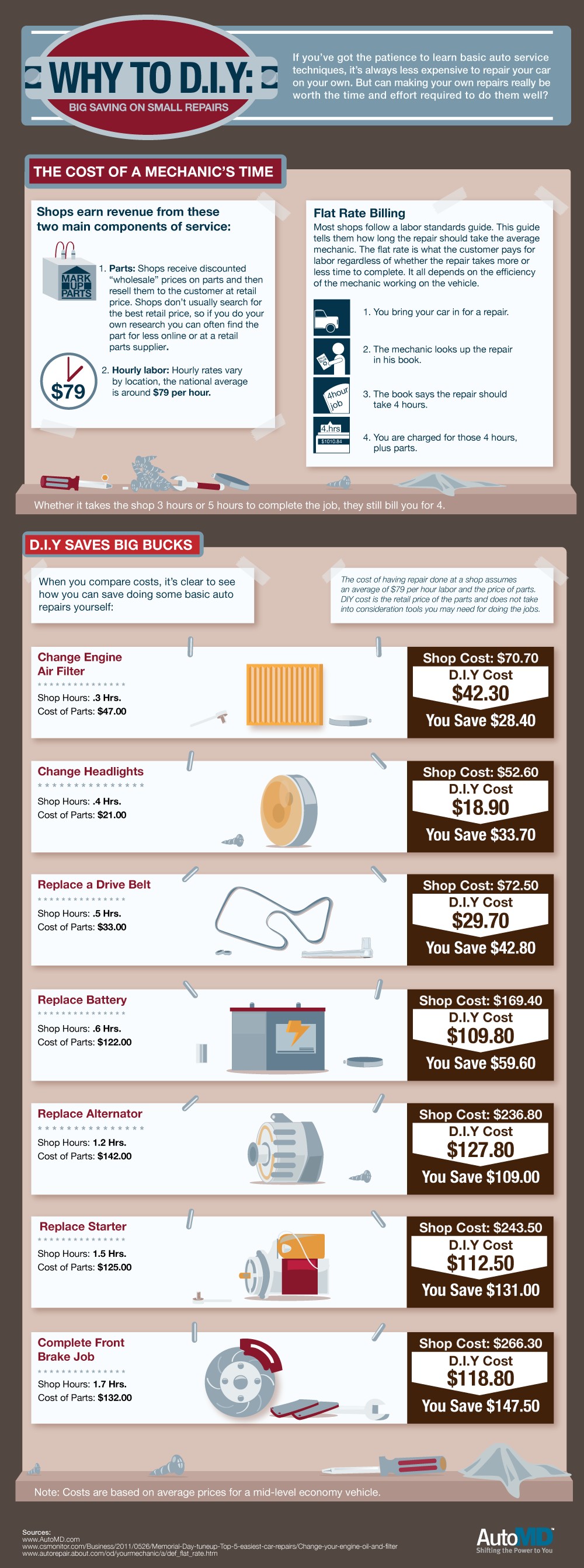Assessing Your Vehicle'S Caution Indicators: What They Truly Share
Assessing Your Vehicle'S Caution Indicators: What They Truly Share
Blog Article
Article Writer-Faulkner Kejser
When you're behind the wheel, those radiant caution lights on your control panel can be a little bit complicated. Do you understand what they're trying to tell you regarding your auto's wellness? Recognizing the relevance of these lights is crucial for your security and the durability of your car. So, the following time one of those lights turns up, would not you want to understand its message accurately and take the necessary steps to address it?
Common Caution Lights and Interpretations
Determine usual caution lights in your auto and comprehend their definitions to make certain risk-free driving.
Visit Webpage of the most regular warning lights include the check engine light, which signals concerns with the engine or emissions system. If this light comes on, it's important to have your automobile inspected promptly.
The oil stress warning light shows low oil pressure, needing instant interest to stop engine damage.
A flashing battery light could recommend a damaged billing system, possibly leaving you stranded otherwise addressed.
The tire pressure surveillance system (TPMS) light notifies you to reduced tire pressure, affecting vehicle security and fuel efficiency. Neglecting this could result in risky driving conditions.
The abdominal light indicates a trouble with the anti-lock braking system, jeopardizing your ability to stop quickly in emergencies.
Finally, auto detailer warning light warns of engine getting too hot, which can lead to extreme damages otherwise dealt with swiftly.
Comprehending these common warning lights will certainly aid you address concerns quickly and maintain safe driving problems.
Importance of Prompt Attention
Comprehending the typical caution lights in your automobile is just the primary step; the significance of immediately dealing with these warnings can't be highlighted enough to ensure your safety when driving.
When a warning light illuminates on your dashboard, it's your cars and truck's way of connecting a possible issue that requires focus. Neglecting these warnings can cause a lot more serious issues later on, endangering your security and potentially costing you extra out of commission.
Prompt focus to advising lights can protect against break downs and mishaps. For example, a flashing check engine light might show a misfire that, if left ignored, could create damage to the catalytic converter. Resolving this immediately can conserve you from a pricey repair service.
In a similar way, a brake system cautioning light might indicate low brake liquid or worn brake pads, crucial components for your security when driving.
DIY Troubleshooting Tips
If you see a caution light on your control panel, there are a few DIY fixing suggestions you can try before looking for professional assistance.
The initial step is to consult your car's manual to understand what the details caution light indicates. Occasionally the issue can be as simple as a loosened gas cap triggering the check engine light. Tightening the gas cap might fix the trouble.
One more usual concern is a low battery, which can cause different alerting lights. Examining the battery links for deterioration and ensuring they're protected might take care of the trouble.
If a caution light continues, you can try resetting it by detaching the automobile's battery for a couple of minutes and after that reconnecting it. In addition, checking your automobile's fluid degrees, such as oil, coolant, and brake liquid, can assist troubleshoot alerting lights connected to these systems.
Conclusion
To conclude, understanding your automobile's warning lights is crucial for maintaining your lorry running efficiently and safely. By promptly attending to these alerts and knowing what they imply, you can prevent pricey repair services and possible breakdowns.
Remember to consult your cars and truck's manual for certain information on each alerting light and act appropriately to ensure a trouble-free driving experience.
Keep educated, stay safe on the road!
